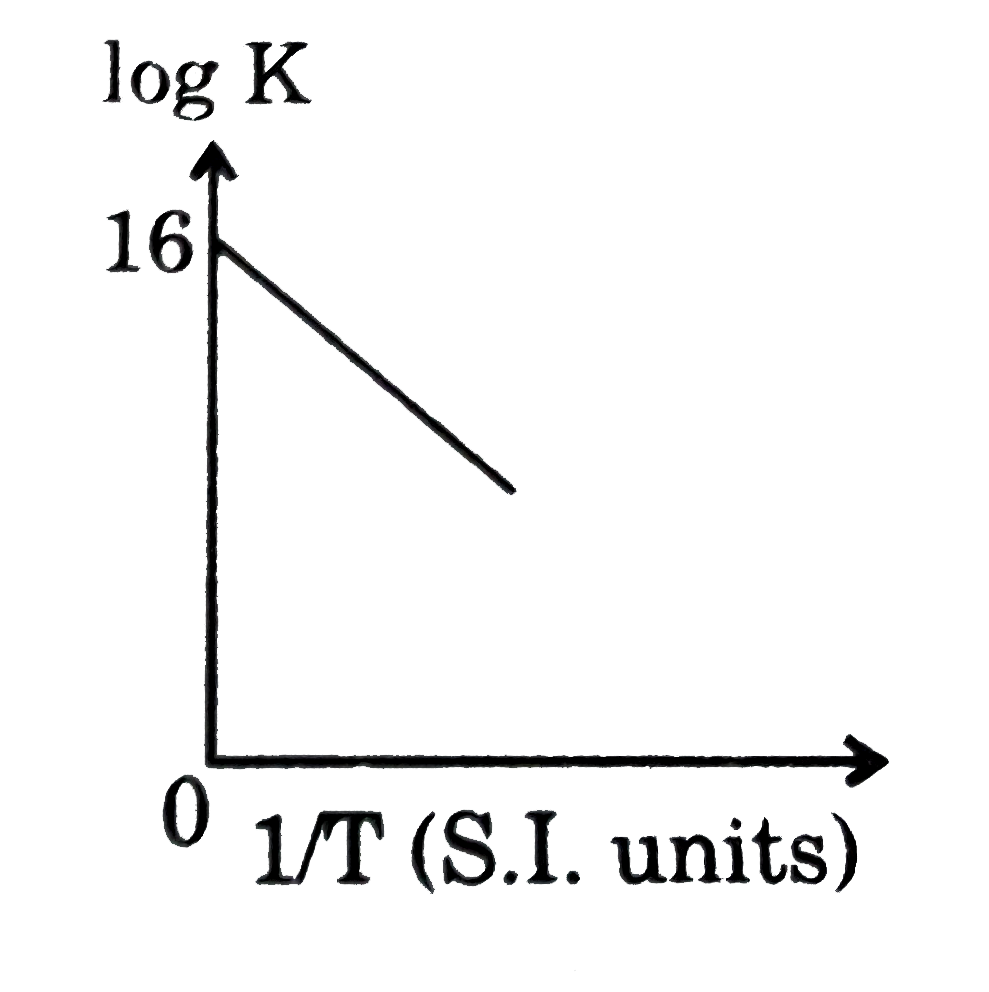The half-life for a reaction is ………. of temperature:
independent
increased with increase
decreased with increase
dependent
Half life depends upon rate constant and rate constant (k) varies with temperature as k=A⋅eEa/RT , k increases with temperature .
Also t1/2∝1k
Topper's Solved these Questions
Similar Questions
For a reaction, rate constant is ln2s−1 at temperature "300K" .If activation energy of this reaction is 600R In 10 ,then calculate half life (approx.) of this reaction at temperature "600K"
View SolutionThe half-life of a reaction is halved as the initial concentration of the reaction is doubled. The order of the reaction is
View Solution
Knowledge Check
The rate constant of a reaction is given as
k=2.1×1010e−2700/RT
It means that
log k vs 1/T will be a straight line with intercept on log k axis=log2.1×1010.
Number of effective collisions of temperature are 2.1×1010cm−3s−1.
Half-life of a reaction increases of temperature.
logk vs 1/T will be a straight line with slope=−27002.303R.
Which of the above statements are true? Choose the correct option.AI and IIBII and IIICIII and IVDI and IVRate of chemical reaction nA→Product, is doubled when the concentration of A is increased four times. If the half-life time of the reaction at any temperature is 16 minutes, then the time required for 75% of the reaction to complete is
A24.0 minutesB27.3 minutesC48 minutesD49.4 minutesThe half-life of a reaction is halved as the initial concentration of the reaction is doubled. The order of the reaction is
A0.5B1C2D0
For any first order reaction following observation is made. If at temperature (T) half life of the reaction is 6930 sec. and at temperature (T') half life of the reaction is 0.693μ sec. then, calculate T'T.

View SolutionThe half-life period for a zero order reaction is equal to
View SolutionExpression for the half-life of zero order reaction is given as
View SolutionThe half-life periof of the reaction in the above question is
View SolutionThe half-life of a first order reaction is 30 min and the initial concentration of the reactant is 0.1 M. If the initial concentration of reactant is doubled, then the half-life of the reaction will be
View Solution
